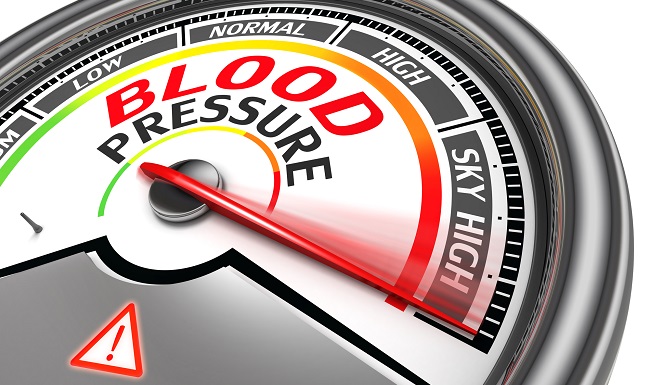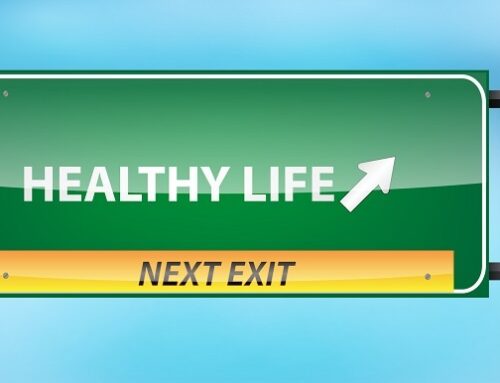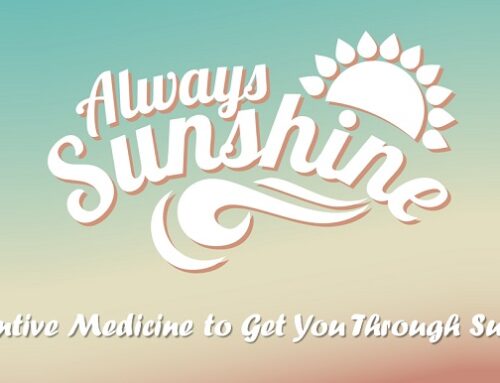By Maria Jauhar, M.D.
It is often said that less is more, and when it comes to blood pressure, nothing could be more true. High blood pressure makes your heart work harder than it should have to, and when your heart is on overdrive, your risk of heart disease and stroke goes up, too.
Roughly 67 million U.S. adults – or one in three – have high blood pressure. Many of these people don’t even know they have it, which is why high blood pressure is called the silent killer. But it doesn’t have to be that way. A simple blood pressure check can identify if you are at risk. And because May is National High Blood Pressure Education Month, this is a great time to schedule an appointment with your physician. If family members or friends haven’t had their blood pressure checked recently, then invite them to join you for a checkup.
To schedule an appointment with our practice to have your blood pressure checked, just click this link.
Checking your blood pressure is painless and easy. An instrument called a sphygmomanometer – commonly referred to as a blood pressure cuff – is wrapped around your upper arm and inflated to stop the flow of blood in your artery. The sphygmomanometer provides readings for both systolic pressure and diastolic pressure, which are measured in millimeters of mercury (mmHg). Systolic pressure (the top number) is the force on the blood vessel walls when the heart beats and pumps blood out of the heart. Diastolic pressure (the bottom number) is the force that occurs when the heart relaxes in between beats.
If your blood pressure is less than 120 systolic and less than 80 diastolic – or less than 120 over 80m – then your blood pressure is normal. If your systolic blood pressure is between 120 and 139 and your diastolic blood pressure is between 80 and 89, then you have prehypertension. Finally, if your systolic blood pressure is 140 or greater, or your diastolic blood pressure is 90 or greater, then you have is hypertension.
The Pressure Point
Blood pressure naturally falls and rises throughout the day, but when it is consistently too high, then the result is high blood pressure – or hypertension. If your arteries are under too much pressure for too long, then they can fail, which can lead to serious complications, including death. In fact, approximately 1,000 people die each day in the United States because of high blood pressure.
What Is Your Risk?
Over the course of their lifetimes, men and women are about equally likely to develop high blood pressure. Their risks, however, vary at different ages. Men are at higher risk than women before age 65, but women have higher risks at age 65 and older.
According to the 2014 AHA Statistical Update, the percent of U.S. adults with high blood pressure is:
- Ages 20 to 34: 9.1% of men have high blood pressure; 6.7% of women
- Ages 35 to 44: 24.4% of men have high blood pressure; 17.6% of women
- Ages 45 to 54: 37.7% of men have high blood pressure; 37.7% of women
- Ages 55 to 64: 52.0% of men have high blood pressure; 52.0% of women
- Ages 65 to 74: 63.9% of men have high blood pressure; 70.8% of women
- Ages 75+: 72.1% of men have high blood pressure; 80.1% of women
African-American men are disproportionately at risk for high blood pressure. The percent of African-American men aged 20 years and older with high blood pressure is 59.7% compared to 47.0% of white men.
How to Protect Yourself
If you have high blood pressure, here is what you can do to protect yourself:
- Work with your physician to set a goal to lower your blood pressure and ask for specifics for meeting the goal.
- If you have been prescribed blood pressure medication, take it as directed.If it is difficult to maintain your medication regimen, then ask your doctor for advice.
- If you smoke, then quit. And if you don’t smoke, then don’t start.For resources to help you quit smoking, check out the Centers for Disease Control & Prevention’s Quit Smoking website.
- Limit your sodium intake, as it raised blood pressure in most people.
- Achieve and maintain a healthy body weight.
- Participate in 30 minutes of moderate physical activity on most days of the week.
- Eat a healthy diet that is high in fruits and vegetables and low in sodium, saturated fats, trans fat, and cholesterol.
- Manage stress.
- Limit the amount of alcohol you drink (no more than one drink each day for women and two for men).
Resources





